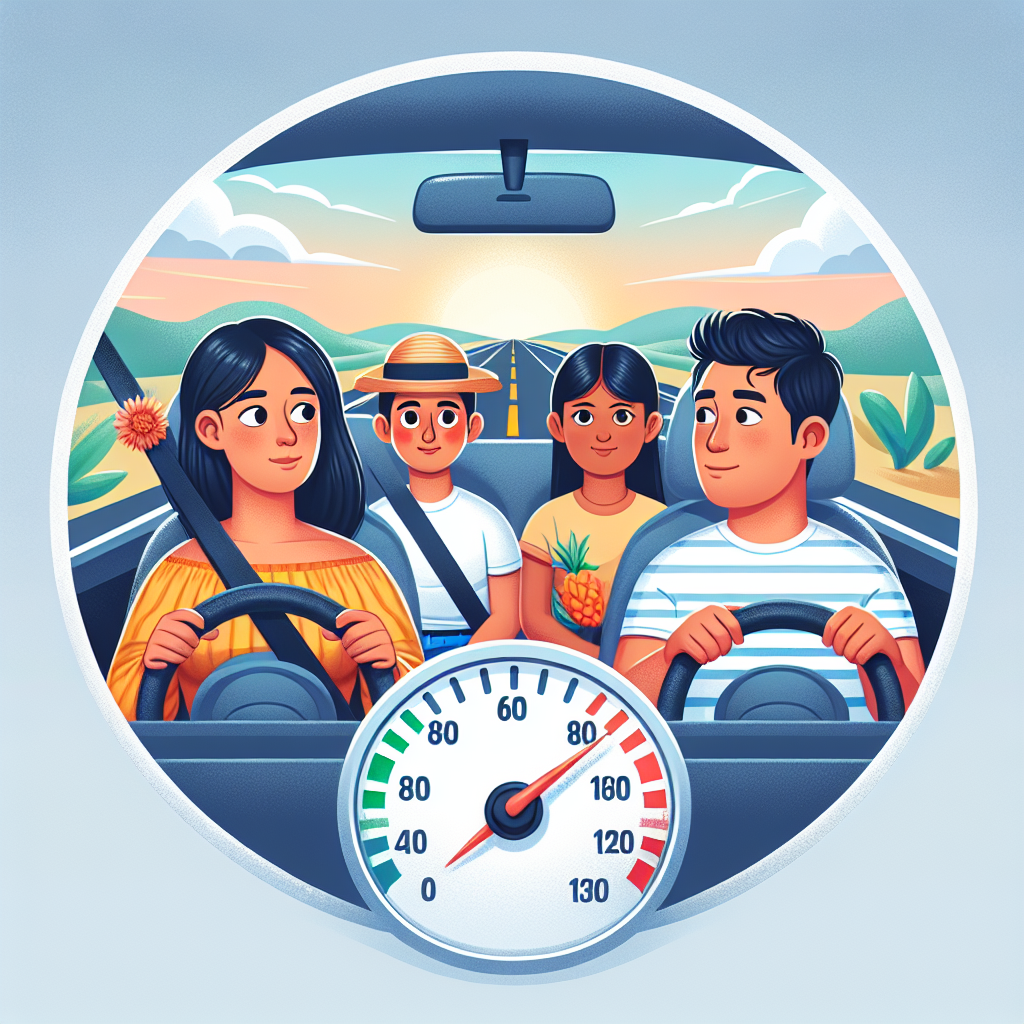Speeding is one of the leading causes of auto accidents worldwide, contributing to severe injuries and fatalities. As drivers, it is our responsibility to prioritize safety over speed. By understanding the dangers associated with speeding and adopting recommended practices, one can significantly reduce the risks. This article will guide you on how to stop speeding while driving with practical tips and technological solutions.
The Impact of Speeding
Speeding affects not only the driver but also other road users. Here are some critical impacts of speeding:
- Reduced reaction time: The faster you go, the less time you have to react to unforeseen circumstances.
- Increased stopping distance: High speed increases the braking distance required to stop the vehicle.
- Greater crash severity: Higher speeds lead to more severe crashes and injuries due to the increased force of impact.
- Higher fuel consumption: Speeding can drastically reduce fuel efficiency, leading to increased costs.
Statistics on Speeding
To understand the gravity of speeding, consider the following statistics:
| Statistic | Details |
|---|---|
| Global Traffic Fatalities due to Speeding | 1.35 million per year |
| Percentage of Crashes Involving Speeding | 30% |
| Risk Increase per 1% Speed Increase | 4-5% |
Practical Tips to Stop Speeding
1. Plan Your Journey
Planning ahead can help you avoid the need to speed. Allocate sufficient time to reach your destination without rushing. Use apps to check real-time traffic conditions and choose optimal routes.
2. Use Cruise Control
Cruise control can help maintain a consistent speed, especially on highways. This feature reduces the tendency to speed unintentionally and improves fuel efficiency.
3. Follow Speed Limits
Always adhere to posted speed limits. These limits are set based on road conditions, traffic density, and safety considerations. Familiarize yourself with the speed limits in different areas and stick to them.
4. Monitor Your Speed
Regularly check your speedometer while driving. Many speeding instances occur because drivers are unaware of their current speed. Set reminders or use smartphone apps that alert you when you exceed a certain speed.
5. Keep a Safe Following Distance
Maintain an adequate distance from the vehicle ahead. This practice allows more reaction time and prevents the urge to speed to close gaps. The recommended following distance is at least 3 seconds.
Technological Solutions
1. Speed Limiters
Some vehicles come with built-in speed limiters that prevent the car from exceeding a preset speed. Consider using this feature or installing an aftermarket speed limiter.
2. Advanced Driver Assistance Systems (ADAS)
ADAS technologies, such as adaptive cruise control and lane-keeping assistance, help maintain safe driving speeds and promote awareness of speed limits.
3. Speeding Alerts
Install smartphone apps or in-car systems that provide speed alerts. These tools notify you when you’re exceeding the speed limit.
4. Dashboard Cameras
Dashboard cameras with speed tracking capabilities can help monitor your driving habits. Reviewing footage can encourage more mindful driving and adherence to speed limits.
Behavioral Changes
1. Mindfulness and Patience
Practice mindfulness while driving. Stay present and focused on the road. Cultivate patience and remind yourself that arriving a few minutes late is better than risking an accident.
2. Stress Management
Stress often leads to aggressive driving behaviors, including speeding. Manage stress through deep breathing exercises, listening to calming music, or taking breaks during long drives.
3. Set an Example
If you’re driving with passengers, especially young drivers, set a good example by adhering to speed limits. Your actions can influence others to adopt safer driving habits.
Conclusion
Speeding is a significant risk factor that can be mitigated through awareness, practical measures, and the use of technology. By planning your trips, adhering to speed limits, using available technological tools, and making behavioral changes, you can enhance road safety for yourself and others. Always remember, the key to safe driving is maintaining control and being mindful of your surroundings.

